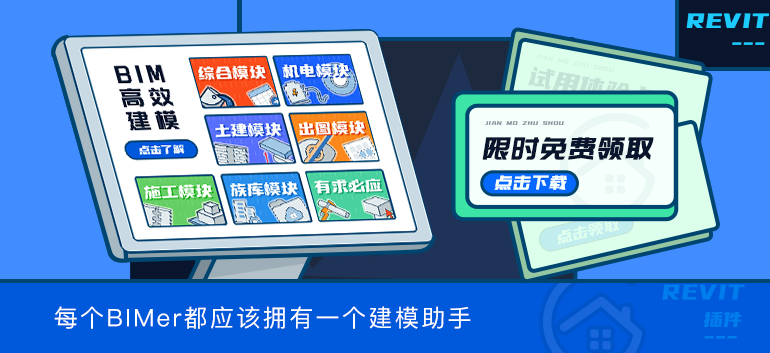.jpg)
1. Utilize keyboard shortcuts:
One of the first things beginners should learn in Revit is the various keyboard shortcuts available. These shortcuts can save a significant amount of time when navigating and using the software. Some essential shortcuts to remember are "Ctrl + Z" for undo, "Ctrl + C" for copy, and "Ctrl + V" for paste. Additionally, you can customize your keyboard shortcuts by going to the Options menu and selecting Keyboard Shortcuts.
2. Take advantage of the Ribbon:
The Ribbon in Revit is a graphical control element that organizes various commands and tools. It is located at the top of the screen and is divided into tabs, such as Modify, View, and Annotate. Each tab contains multiple panels, and each panel contains related commands. Beginners should familiarize themselves with the Ribbon's layout and use it to quickly access the tools they need.
3. Use the View Range tool:
The View Range tool is a powerful feature in Revit that allows users to control what is visible in different views, such as floor plans and sections. By adjusting the view range, users can specify how elements are displayed, such as walls, floors, and roofs. Beginners should learn how to use the View Range tool effectively to create more accurate and detailed views of their building designs.
4. Understand and use filters:
Filters in Revit help users organize and manage the elements in their models. They allow users to select and manipulate specific elements based on predefined criteria. For example, a filter can be created to select all the doors in a model that have a specific width or material. By understanding and using filters, beginners can easily navigate and modify their models more efficiently.
5. Master the Family Editor:
The Family Editor in Revit is a powerful tool that allows users to create and modify families, which are the building blocks of Revit models. Families can be anything from doors and windows to furniture and lighting fixtures. Beginners should take the time to master the Family Editor as it enables them to customize and create their own unique elements for their designs.
To effectively use the Family Editor, beginners should start by familiarizing themselves with the different types of families available in Revit, such as system families and component families. They should also learn how to create and modify parameters within families, as well as how to nest families within each other.
In conclusion, Revit offers a wide range of features and capabilities that can greatly benefit beginners in designing and creating 3D models of buildings. By utilizing keyboard shortcuts, taking advantage of the Ribbon, using the View Range tool, understanding and using filters, and mastering the Family Editor, beginners can navigate and use Revit more efficiently and effectively. These tips and tricks will help beginners get started with Revit and unlock its full potential in their design projects.











